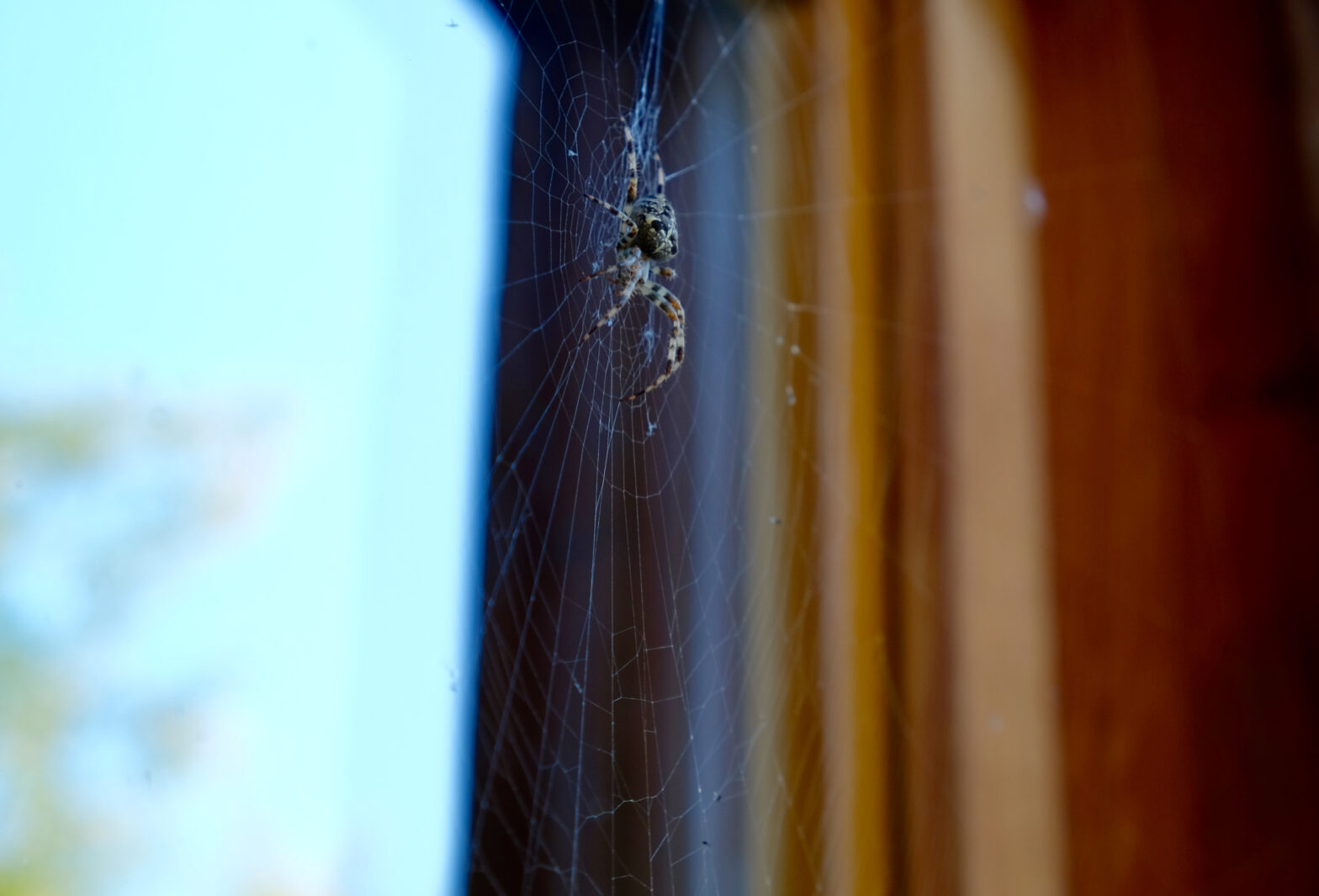Comprehensive Spider Control Guide 2025: Creating Spider-Free Environments
Introduction: The Evolution of Spider Control in Modern Times
As we navigate through 2025, the challenge of maintaining spider-free environments has become increasingly sophisticated. The intersection of traditional pest control methods with cutting-edge technology has revolutionized how we approach spider infestations. This comprehensive guide explores the multifaceted aspects of modern spider control, combining time-tested techniques with innovative solutions for both residential and commercial spaces.
Understanding Spider Behavior: A Deep Dive into Arachnid Psychology
Spiders have evolved remarkably over millions of years, developing complex behaviors that make them both fascinating and challenging to control. Their ability to adapt to human environments has only increased with urbanization and climate change. Understanding these behaviors is crucial for effective control measures.
The fascinating world of spider behavior includes intricate web-building techniques, hunting strategies, and survival mechanisms. These arachnids have developed sophisticated sensory systems that allow them to detect vibrations, changes in air pressure, and even slight movements in their environment. This advanced sensory capability makes them particularly adept at avoiding traditional control measures.
Modern research has revealed several critical patterns in spider behavior:
- Complex territorial behaviors that influence their choice of indoor habitats
- Sophisticated hunting strategies that adapt to different environments
- Seasonal activity patterns that affect control measure effectiveness
The Science Behind Spider Infestations
Modern buildings create unique microclimates that often prove irresistible to spider populations. The interaction between building design and spider behavior has become a crucial consideration in pest control strategy. Contemporary structures, with their complex HVAC systems and numerous small spaces, provide ideal conditions for spider habitation and reproduction.
Temperature stability in modern buildings plays a particularly significant role in supporting year-round spider activity. Unlike outdoor environments, where seasonal changes naturally limit spider populations, indoor spaces can maintain consistent conditions that allow spiders to remain active and reproductive throughout the year. This environmental stability, combined with regular access to prey insects attracted by artificial lighting and human activity, creates perfect conditions for sustained spider populations.
Moisture management within buildings has emerged as a critical factor in spider control. Areas with higher humidity, such as bathrooms, basements, and poorly ventilated spaces, tend to attract both spiders and their prey. Understanding these moisture dynamics helps in developing more effective control strategies that address not just the spiders themselves but also the environmental conditions that support them.
Advanced Prevention Strategies for Modern Homes
Contemporary spider prevention has evolved into a sophisticated discipline that combines architectural design, materials science, and behavioral biology. Modern approaches focus on creating environments that are inherently less attractive to spiders while maintaining functionality and comfort for human occupants. This holistic approach represents a significant advancement over traditional methods that relied primarily on reactive treatments.
Structural modifications now incorporate innovative materials and design elements specifically engineered to deter spider inhabitation. Advanced screening materials, for instance, feature specialized mesh patterns that effectively block spider entry while maintaining optimal ventilation. These materials are often treated with long-lasting repellents that enhance their effectiveness without compromising safety for building occupants.
Cutting-Edge Control Technologies
The technological revolution has transformed spider control methods, introducing innovative solutions that offer unprecedented effectiveness. These advanced technologies combine traditional knowledge with modern capabilities.
Smart Monitoring Systems: Modern pest control utilizes sophisticated detection and monitoring equipment:
- AI-powered activity detection systems
- Environmental monitoring sensors
- Predictive analytics for prevention
Professional Treatment Protocols
Professional spider control has developed into a highly specialized field requiring extensive knowledge and advanced equipment. This evolution reflects the growing understanding of spider behavior and ecology.
Assessment Procedures: Modern treatment begins with thorough evaluation:
- Comprehensive site mapping
- Species identification and behavior analysis
- Environmental impact assessment
Environmental Impact and Sustainability
Today’s spider control methods prioritize environmental responsibility while maintaining effectiveness. This balance requires careful consideration of treatment options and their long-term impacts.
Eco-Friendly Approaches: Modern control methods emphasize sustainability:
- Biodegradable treatment options
- Targeted application techniques
- Habitat modification strategies
Long-Term Management Strategies
Successful spider control requires ongoing attention and adaptation. Long-term management involves regular monitoring, maintenance, and strategy adjustment based on changing conditions.
Monitoring Programs: Effective management includes:
- Regular inspection schedules
- Data collection and analysis
- Strategy adjustment based on results
Advanced Treatment Methodologies
Contemporary spider control employs sophisticated treatment approaches based on scientific research and technological innovation. These methods consider both immediate effectiveness and long-term sustainability.
Integrated Solutions: Modern treatment protocols combine multiple approaches:
- Physical barriers and exclusion techniques
- Biological control methods
- Chemical treatments when necessary
Commercial versus Residential Approaches
Spider control strategies differ significantly between commercial and residential settings. Each environment presents unique challenges requiring specialized solutions.
Commercial Solutions: Large-scale facilities require:
- Systematic treatment programs
- Regular monitoring protocols
- Comprehensive documentation
Future Trends and Innovations
The field of spider control continues to evolve with new technologies and methodologies emerging regularly. Understanding these trends helps prepare for future challenges and opportunities.
Emerging Technologies: Future developments include:
- Nanomaterial-based treatments
- Automated monitoring systems
- Biological control innovations
Regional Considerations
Spider control strategies must adapt to local conditions and species variations. Regional factors significantly influence treatment effectiveness and required approaches.
Local Adaptations: Effective control considers:
- Climate patterns
- Native species
- Local regulations
Health and Safety Protocols
Modern spider control prioritizes safety while maintaining effectiveness. Comprehensive safety protocols protect both technicians and occupants during treatment processes.
Safety Measures: Current standards include:
- Protective equipment requirements
- Application safety procedures
- Occupant protection protocols
Documentation and Success Measurement
Professional spider control service requires thorough documentation and regular evaluation of results. This systematic approach ensures continuous improvement and accountability.
Record Keeping: Essential documentation includes:
- Treatment records
- Monitoring results
- Effectiveness assessments
Conclusion
For professional spider control services that incorporate these advanced methods and technologies, contact Saela Pest Control. Our experienced team utilizes the latest techniques and environmentally responsible approaches to ensure effective spider control. Visit us at Saela Pest Control to learn more about our comprehensive pest control services.
